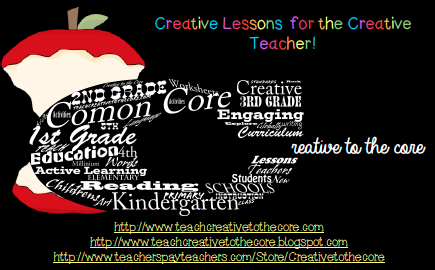Conducting Preference
Assessments:
Why conduct preference assessments?
Here’s the
thing… if you have ever tried to make a change in your student’s behavior WITHOUT
having a powerful reinforcer, you know that is a lot harder and a lot less
effective than if you had something the student REALLY wanted! Well, the reason
it wasn’t working is that it was not actually a reinforcer. What if the “reinforcer” for all the work you
put in to help your students during the school day, after school, on the
weekend, etc. (let’s be real, teachers work HARD!) was a smiley face sticker (I
mean ONLY a smiley face sticker. In place of your paycheck…). Would you keep
doing it? Mayyyybe not.
In the field
of Applied Behavior Analysis, the term “reinforcer” is used only for items,
activities or other rewards which increase the likelihood of a behavior
happening again in the future. So if you want to know if it’s truly a
reinforcer – look for the behavioral change!
The best
starting place? Find things your student really likes by conducting preference
assessments! Once you get through this first step, you can begin to observe and
assess whether or not providing this item/reward to the student for engaging in
a desired behavior (or the absence of an undesired behavior) causes an increase
in those desired behaviors (or an increase in the amount of time the undesired
behavior is absent).
Ok so where do I start?
1. Develop a list of
potential reinforcers.
o
Observe
your student throughout the day.
§ Check to see what items
the student gravitates towards:
·
Watch
to see the types of objects your student is interested in (e.g., things that
are wet vs. dry, big vs. small, colorful vs. black and white, types of
textures, smells, and other features, etc.)
v Now think about whether
these items/activities are appropriate as rewards, if not consider different
items or activities you could provide the student which are more appropriate
(e.g., playing with glue may not be appropriate, but applying body lotion may
serve as a replacement for this).
§ Look at the types of
behaviors your student engages in:
·
Watch
to see how your student manipulates items (e.g., spinning, smelling, rubbing on
parts of own body, holding up to light or to own eyes, etc.)
v Now think about whether
these activities are appropriate as rewards, if not consider different items or
activities you could provide the student which are more appropriate (e.g., if
the student is interested in smelling materials or individuals, a sensory box
with various different scented items could work – try bottles of oils,
different spices, scented stickers, etc.).
o
Ask
your student’s parents:
§ Parents are always an
invaluable resource when getting to know your student. Check in with them,
perhaps sending a survey home to find out the types
of things their child spends most of his/her time doing, is interested in,
seeks out at home, in stores, etc.
§ While you’re on the
subject, find out what kinds of restrictions the student has. Some parents may
not want edible reinforcers used (or only in smaller quantities, less
frequently, only healthier options, etc.), there may be food allergies, perhaps
your student will ingest dangerous substances when playing with specific toys,
etc.
o
Ask
your student!
§ For students with higher
verbal abilities, simply asking may be effective, for students who do not express
their interests as well, having them sample things in their environment,
exposing them to items in different environments, or perhaps bringing them to a
store and looking to see what items they gravitate towards.
2. Conduct your preference
assessments.
o
Create
a list of all possible items. Split the list into edible vs non-edible items,
you will want to assess these separately. If it is a very long list, you can
split them up into multiple lists, then take the top few items from each and
assess together.
o
There
are two types of preference assessments covered in this resource, though these
are not the only types out there. If you’re interested in finding out about
other options, feel free to reach out to me or consult some other Autism/Applied
Behavior Analysis resources! These are the two I use most often with my
students which I have found provide helpful results and are fairly simple to
administer and assess.
o
Multiple
Stimulus Without Replacement (MSWO):
§
In
this preference assessment, you are providing the student with various items
and allowing him/her to select an item, once it is selected the item is removed
(not replaced), then the student will select from the remaining items until all
have been chosen or the student stops selecting items altogether.
o
Paired
Choice:
§
In
this preference assessment, you are providing the student with two items from
your list (by the end of the assessment every item will have been paired with
all other items once) and ask the student to select one.
3. Analyze your data (after
you have repeated your preference assessment for a second time, on another day,
to see if the results are consistent). Review your data and look to see which
items are selected most often and in what sequence. The items which are chosen
first in the MSWO or which are selected regardless of the pairing most often in
the Paired Choice assessment are the ones you want to use to create behavioral
change (when I refer to behavioral change I don’t just mean reducing
challenging or inappropriate behaviors, but also increasing skill performance!)
4. Test it out – start using
those rewards and see what happens!
Check out my Behavior Data Resource for more on this subject. The resource includes specific instructions for setting up your MSWO or Paired Choice preference assessments, a sample parent survey, editable & PDF data sheets for each assessment, as well as resources for daily behavior data collection, ABC data collection, etc.
Best of luck to you and your students!!




















